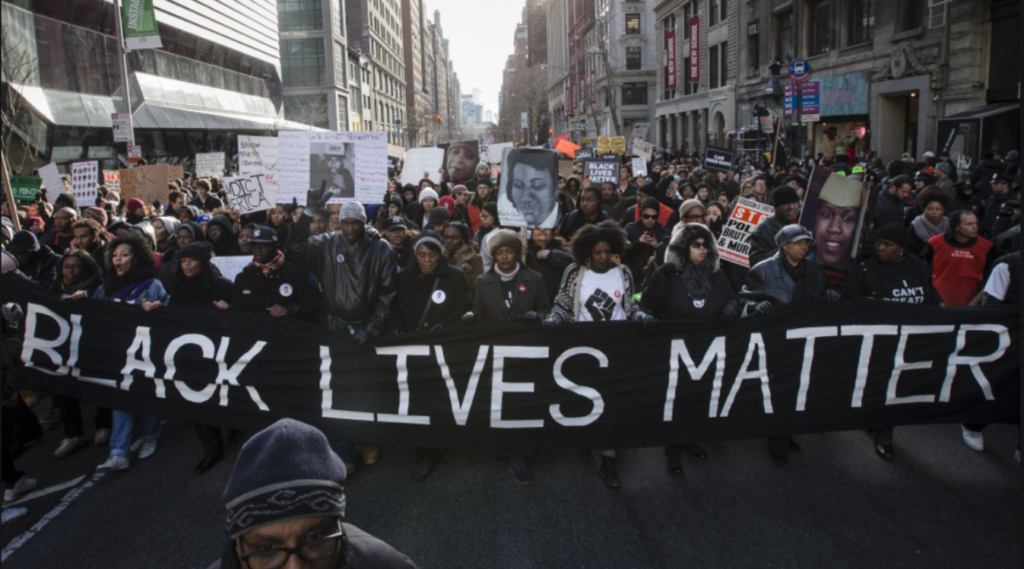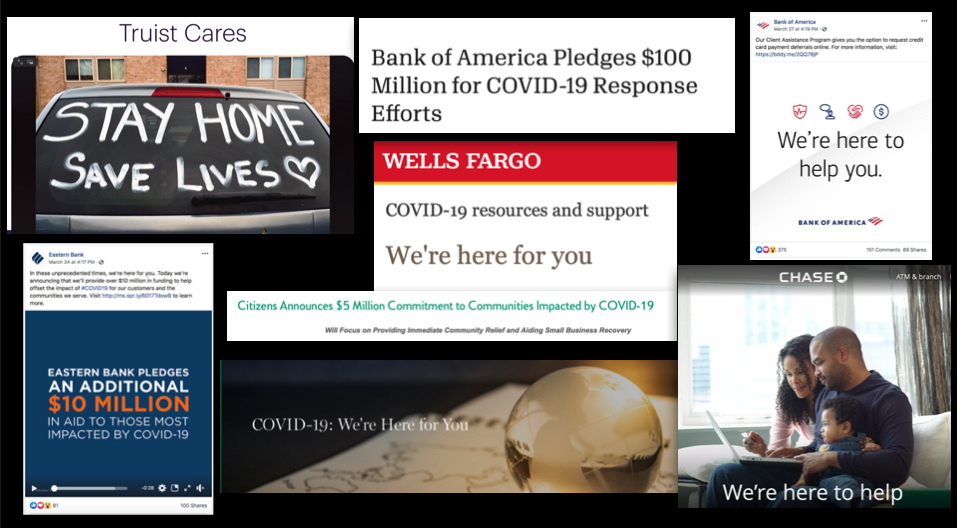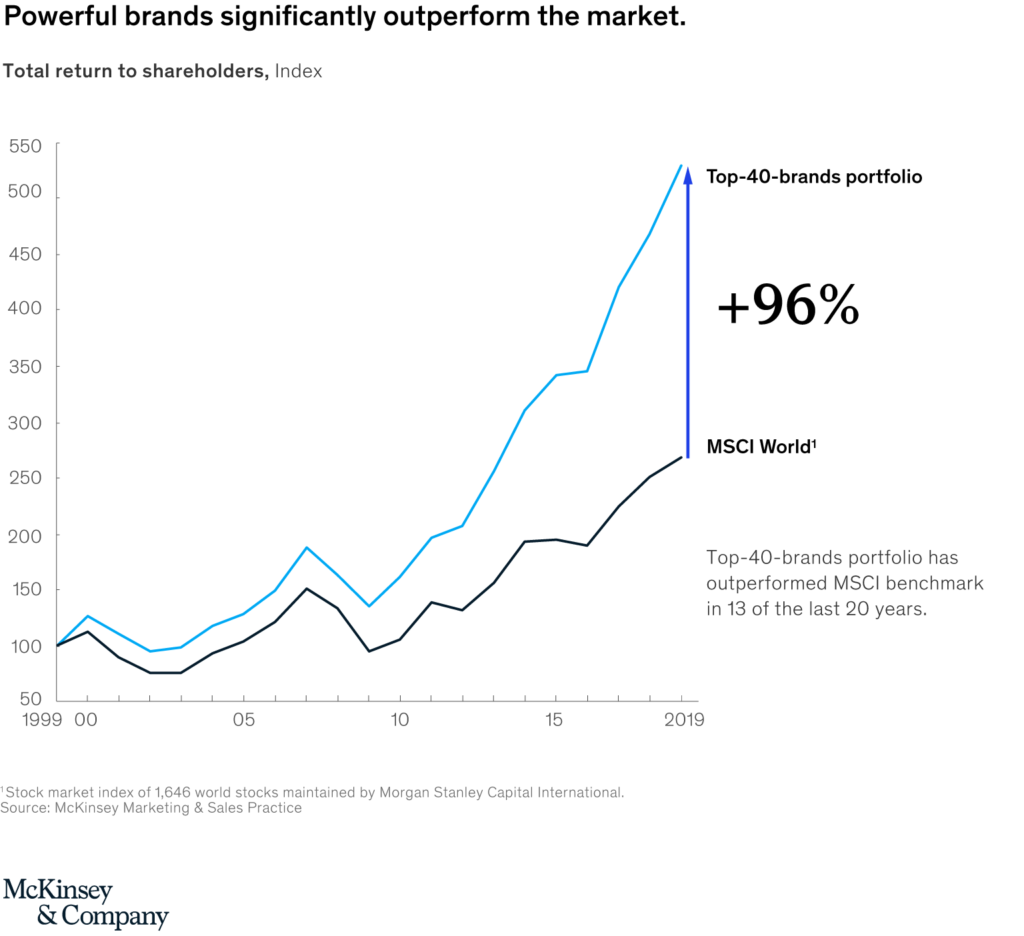Leveraging your brand’s core strength to rise to the current challenge
Anyone who exercises – whether it’s Crossfit, yoga, strength training, or ballet – understands the central role of conditioning and strengthening their core. Building core strength allows people to be both strong and flexible at the same time, able to maximize output with minimal risk of injury. For brands, core strength provides that same sort of internal pillar and external flexibility, ensuring brands stand ready to rise to the occasion. With all of the challenges surrounding us, there is no time that’s more important to display that kind of core strength and resiliency than our current era.

Standing Up
Just a few months ago brands were facing what seemed like the biggest challenge in their history – a global pandemic impacting everything in its wake. Now, the country is experiencing even more upheaval from widespread social unrest. In challenging times like these, consumers expect leaders to respond and that includes brands. Interviewed on CNBC, Richard Edelman, CEO of Edelman Worldwide publisher of the annual Trust Barometer, says, “This is a moment for brands to stand up. Brands connect us to culture…Brands have every ability now to speak up about racism and violence…Brands can show us the way forward.”

But while consumers expect brands to respond to current events and pressing social issues with integrity and character, what it looks like to step up in this moment is more complicated than simply crafting the right message. A brand response needs to be more meaningful, more human than that and it must come from the core. Juliet D’Ambrosio, Adrenaline’s Senior Director of Strategy, says, “In these times of uncertainty, use your core to stretch to meet the moment. This is not a time for reshaping or reinvention of your brand. Instead, it’s a time to look inward to those fundamental values to help guide them to the next right thing.”

When COVID began to impact the U.S. 12 weeks ago and it was clear it would be our new unwelcome reality, brands rushed to make a response. There were first “steps we’re taking” messages from every industry – retail, consumer products, and certainly financial – which were largely utilitarian and safety messages. Next came the “we’re in this together” messaging that every brand felt compelled to create. Then came the memes and all COVID ads sounding the same. Do you really need to hear about the COVID protocol from a brand you bought a mattress from six months ago? Juliet says, “All of these responses were driven by the exact right impulse, but they need to be calibrated by a consumer’s relationship with your brand.”
Core Fundamentals
Core brand strength provides brands the ability to step up while reaffirming a brand’s central value proposition and brand positioning – the things that are already aligned with what employees believe and consumers think of a brand. In tumultuous times like these, a brand’s core strength is what will provide a North Star for marketing, messages, and action. In fact, strong brands are proven to help companies successfully weather market conditions, whatever those conditions may be, as demonstrated by their performance tracked over the last 20 years.

Knowing brands will be relying on the core, what are the principles to keep in mind?
To exercise core strength:
- Be authentic – Know your brand well enough to know your own DNA. What’s your purpose? What do you stand for today and always? Build your response from there. Your customers know what’s real and what’s not.
- Be relevant – Don’t jump on the “us too” bandwagon; have something meaningful to contribute. For instance, if your brand is about empowerment, look for ways to respond that empower community organizations and your own employees.
- Be vocal – Now is not the time for silence, but don’t say something just to say something. Be thoughtful and aligned with what your customers need to hear from you.
- Be trustworthy – If you are going to make a promise during this time, keep it. Tell consumers specifically what you plan to do and do it.
- Be empathetic – Use empathy as your lens, always. Understand how people – your employees and your customers – are feeling in this moment and be human with them.
Exhibiting all of these characteristics simultaneously is non-negotiable. For brands that don’t, there is an instant response, thanks to feedback from social media. With Black Lives Matter, if a brand hasn’t fortified its core commitment to diversity before this moment, consumers know and will call you out for it. Brands that don’t back up their statements with real action will be labeled as performative which is often viewed as worse than brand silence. Based on the instant feedback loop that is Twitter, those brands backing up their statements with action are winning with consumers.
In the wake of widespread social justice demands, here’s our quick roundup of the brand landscape.
Consumer Goods
When it became public that Starbucks reportedly told associates not to weigh into Black Lives Matters by wearing BLM support on their clothing, the backlash was instantaneous. While the coffee brand has since reversed course and is now distributing BLM shirts to its baristas, it remains to be seen whether their new stance will reaffirm the core of the brand that has built its reputation on its diverse people. This example is one where the brand moved away from its core initially and is now having to backtrack.
Sports
Always known for its living out-loud values, the Nike brand’s immediate response to the BLM movement was striking and bold. Transposing its own “Just Do It” slogan into a call for action to address systemic racism in our society, Nike quickly took an unprecedented stance. In addition to taking a stand, the brand has committed to continue its work with grassroots partners. The alignment between core brand values and actions shine loud and clear.
Financial Services
In banking and finance, we’ve seen racial justice commitments from the likes of Goldman Sachs, American Express, but nothing has rivaled citi’s response, which remains the most powerful, direct, and committed to change. One leader taking on direct action is Morgan Stanley Chief Executive James Gorman. After seeing thousands of protestors outside his New York home, he was so activated he immediately announced the promotion of two black women to high-level positions within the company’s operating and management committees.
All this brand response can be summed up by diversity consultant Brickson Diamond, Chief Executive of Big Answers, and former CEO of the Executive Leadership Council, a nonprofit on a mission to boost the ranks of black executives when commenting on action at this moment. She says, “I appreciate your Black Lives Matter post. Now follow that up with a picture of your senior management team and your board.” The next wave of response from the financial industry and beyond will be witness to brands that do just that – and show us the way forward.
For financial institutions needing advice and expertise about responding to this moment of challenge and change, contact Adrenaline’s brand, advertising, and communication experts at info@adrenalinex.com or call (678) 412-6903.